‘Rivers in the Sky’: How Atmospheric Rivers Control Nearly All of Earth’s Precipitation – Popular Mechanics

“Atmospheric rivers are literally rivers in the sky, the rivers of water vapor that transport massive amounts of water in the atmosphere,” Marty Ralph, a hydrometeorologist, tells Popular Mechanics. Ralph is the founding director of the Center for Western Weather and Water Extremes with the Scripps Institution of Oceanography in San Diego, where he has pioneered research on how atmospheric rivers influence the West Coast…
When Climate Adaptation Backfires – Discover
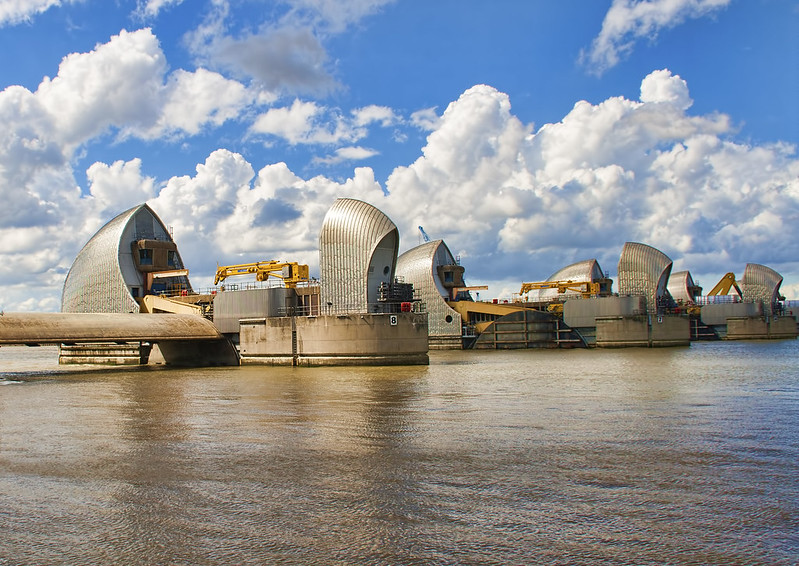
In the scramble to combat climate change, so-called solutions can cause more harm. An IPCC 2022 report warns of these maladaptations.
Around the world, people are building levees, shoring up dams, digging canals and constructing infrastructure to confront the impacts of climate change. Most of these investments will likely save countless lives and protect property, but some will inadvertently add to the problems they are trying to address…
NOAA’s “Picture Climate Change” Student Photo Contest
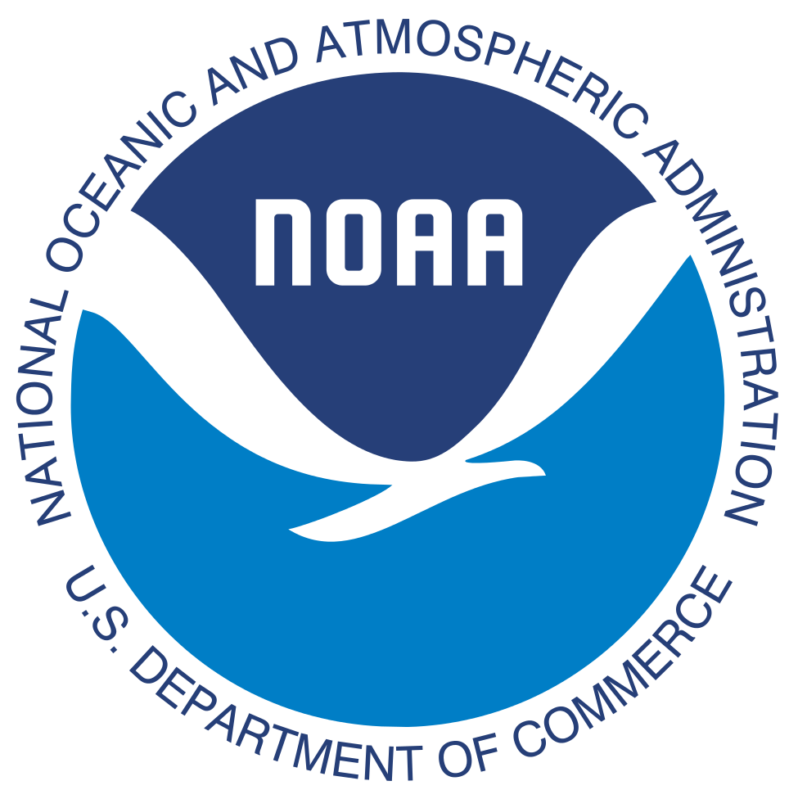
Show NOAA how climate change is impacting your community
To enhance our understanding of the diverse ways climate change impacts people and places around the United States, NOAA is asking students in grades 5 through 12 for photo submissions showcasing what climate change means to you…
Video: How climate change is intensifying the winter storms slamming California – Phys.Org
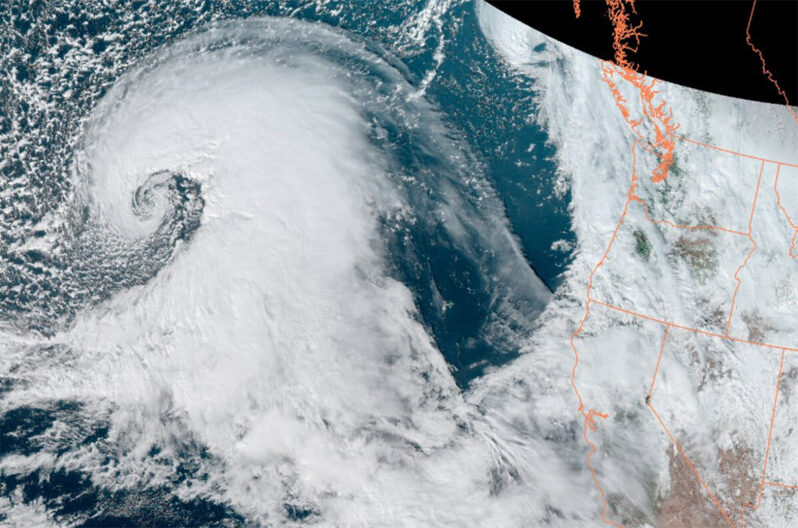
As another atmospheric river impacts California on January 4 and 5—with more rain forecast after that—Michael Wehner, a senior scientist in the Computational Research Division at Lawrence Berkeley National Laboratory, discusses how climate change is increasing the rainfall from these drenching storms and how people can better prepare…
On the Edge of Retreat (multimedia feature) – the Washington Post
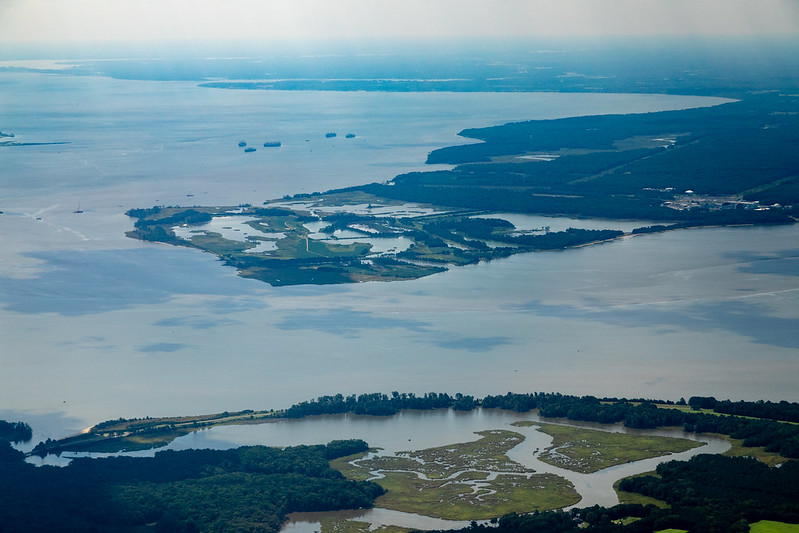
A century ago, about 250 people lived on Hog Island, a seven-mile expanse off the Virginia coast. They raised livestock and gathered oysters. They lived in a town called Broadwater, worked at the lighthouse and Coast Guard station, and danced at night in a social hall called the Red Onion.
But that was back when there was still soil beneath their feet…
Climate Change Is Threatening Hawaii’s Coral Reefs. So They Called the Insurance Guy – the New York Times
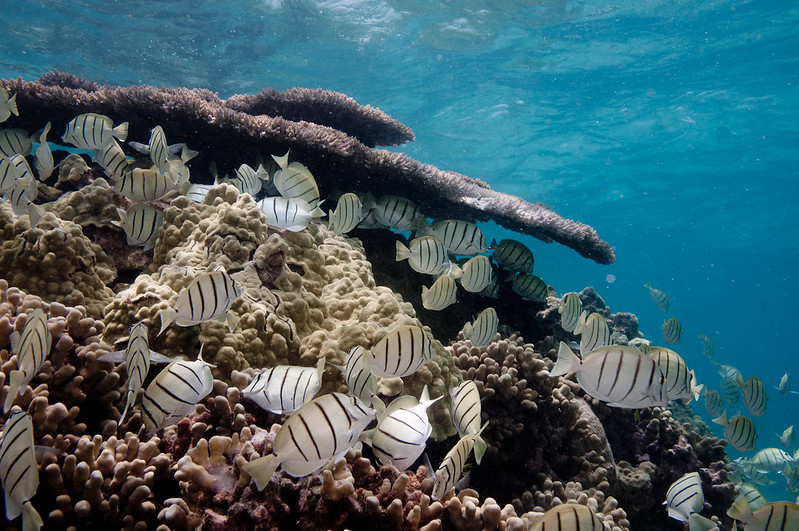
As climate change makes coastal storms more destructive, an environmental group is trying a new approach to protecting Hawaii’s coral reefs. It could become a model for defending natural structures around the country — if it works…
Clamshells Face the Acid Test – Hakai Magazine
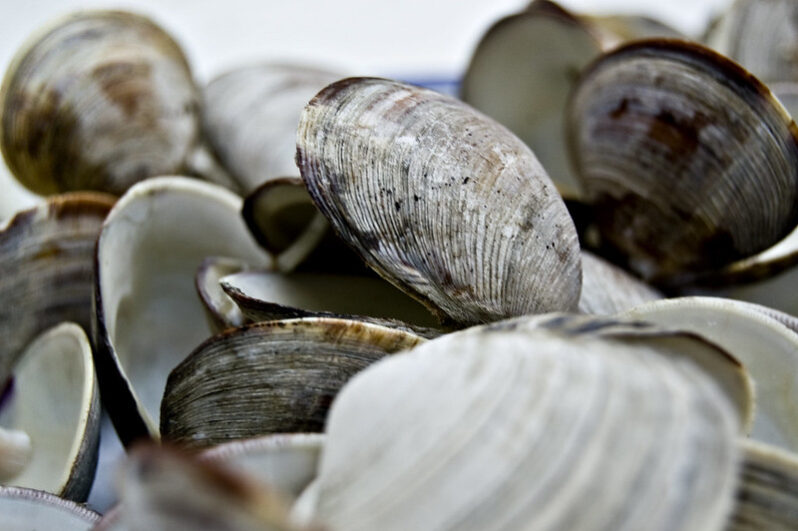
As acidification threatens shellfish along North America’s Pacific Coast, Indigenous sea gardens offer solutions.
It’s low tide in Bodega Bay, north of San Francisco, California, and Hannah Hensel is squishing through thick mud, on the hunt for clams. The hinged mollusks are everywhere, burrowed into the sediment, filtering seawater to feed on plankton. But Hensel isn’t looking for living bivalves—she’s searching the mudflat for the shells of dead clams…
Science Denial Has Impacts

Neil deGrasse Tyson, an American astrophysicist, author, and science communicator, made a wonderful statement some time ago, that is worth sharing – “The good thing about science is that it’s true, whether or not you believe it”. Science is really not an option. Whether biology, chemistry, physics, oceanography, geology or astronomy, scientists in these disciplines over centuries of research, conducting experiments, collecting evidence, and testing and examining their ideas have gradually developed an understanding of how the Earth and its life works. And much of our everyday lives depends on the application of that science…
Extreme weather becoming a factor in where Americans choose to live – Fox Weather
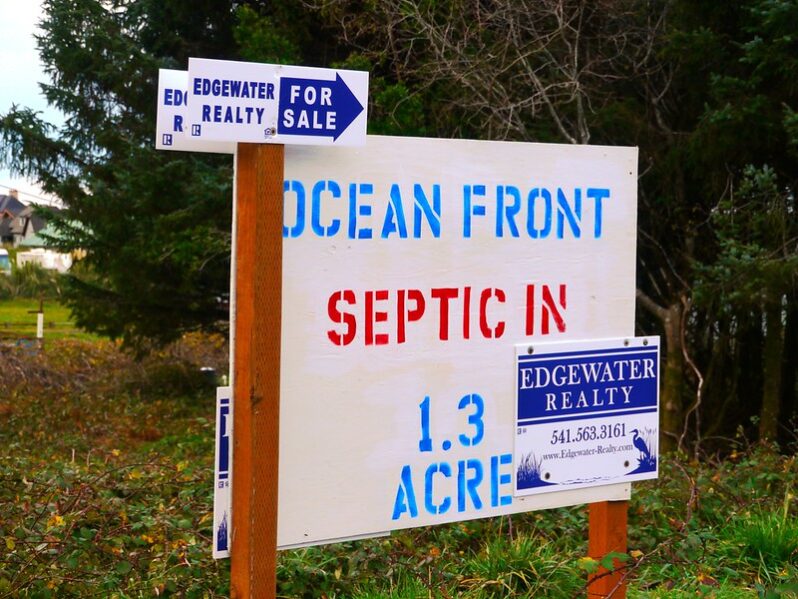
A report shows that over 60% of Americans that are planning to move in the next year are reluctant to move to areas with natural disaster-prone areas or areas that experience extreme weather and sea level rise.
“All of these costs associated with climate change are actually becoming a real drag on not only our economy but particular areas that are, let’s say, high-risk areas,” Jesse Keenan, professor of sustainable real estate at Tulane University told FOX Weather.
